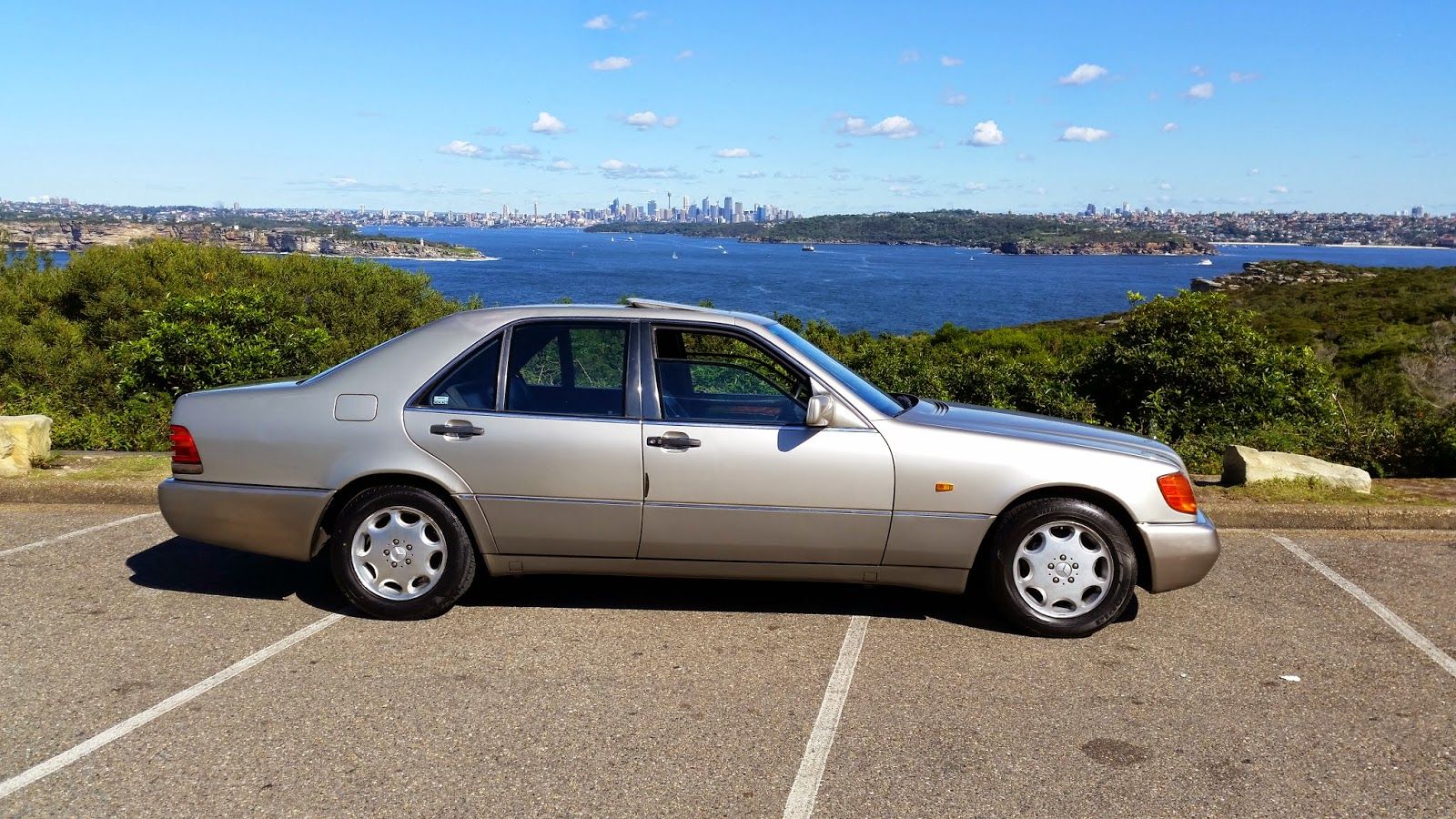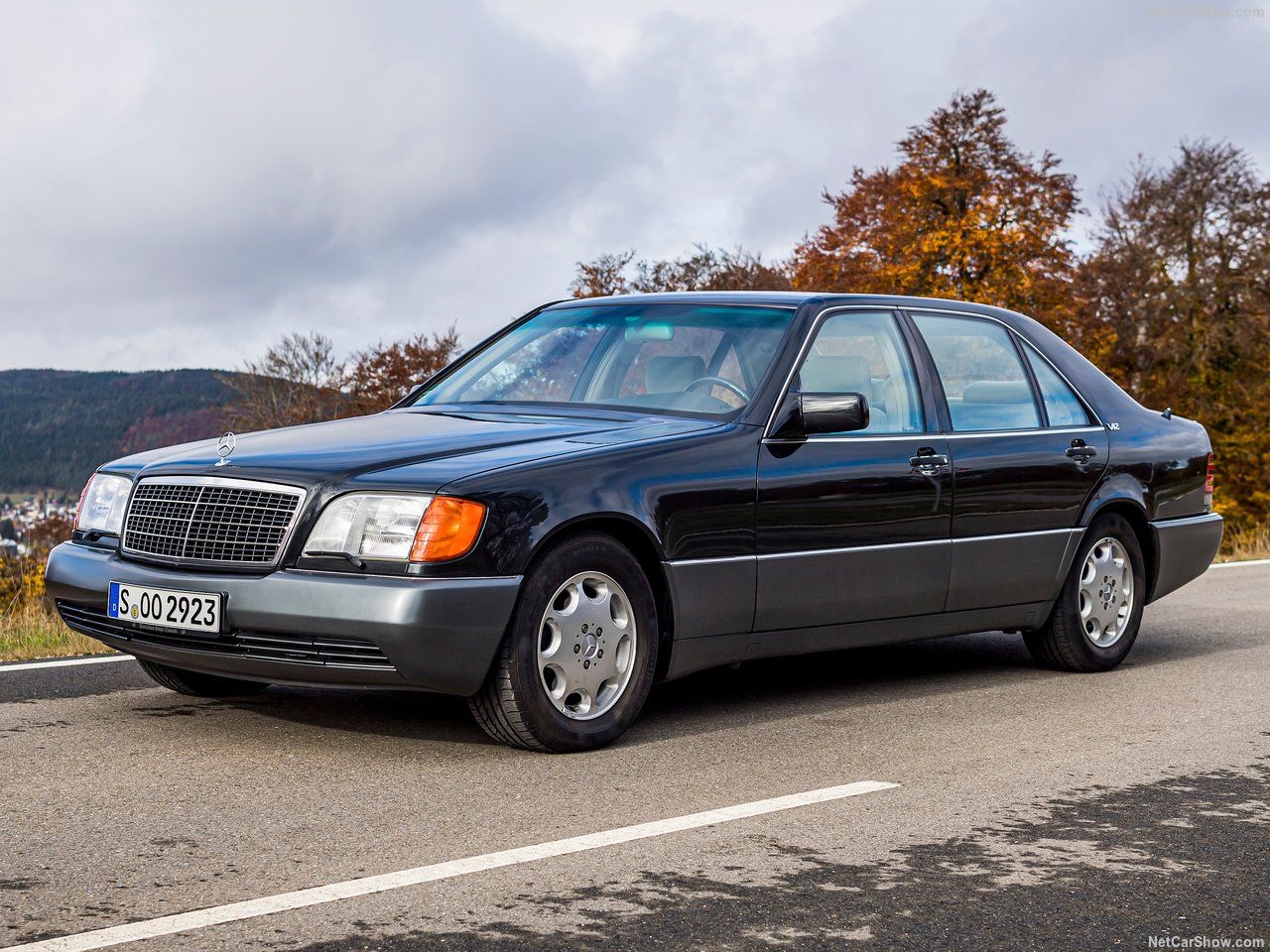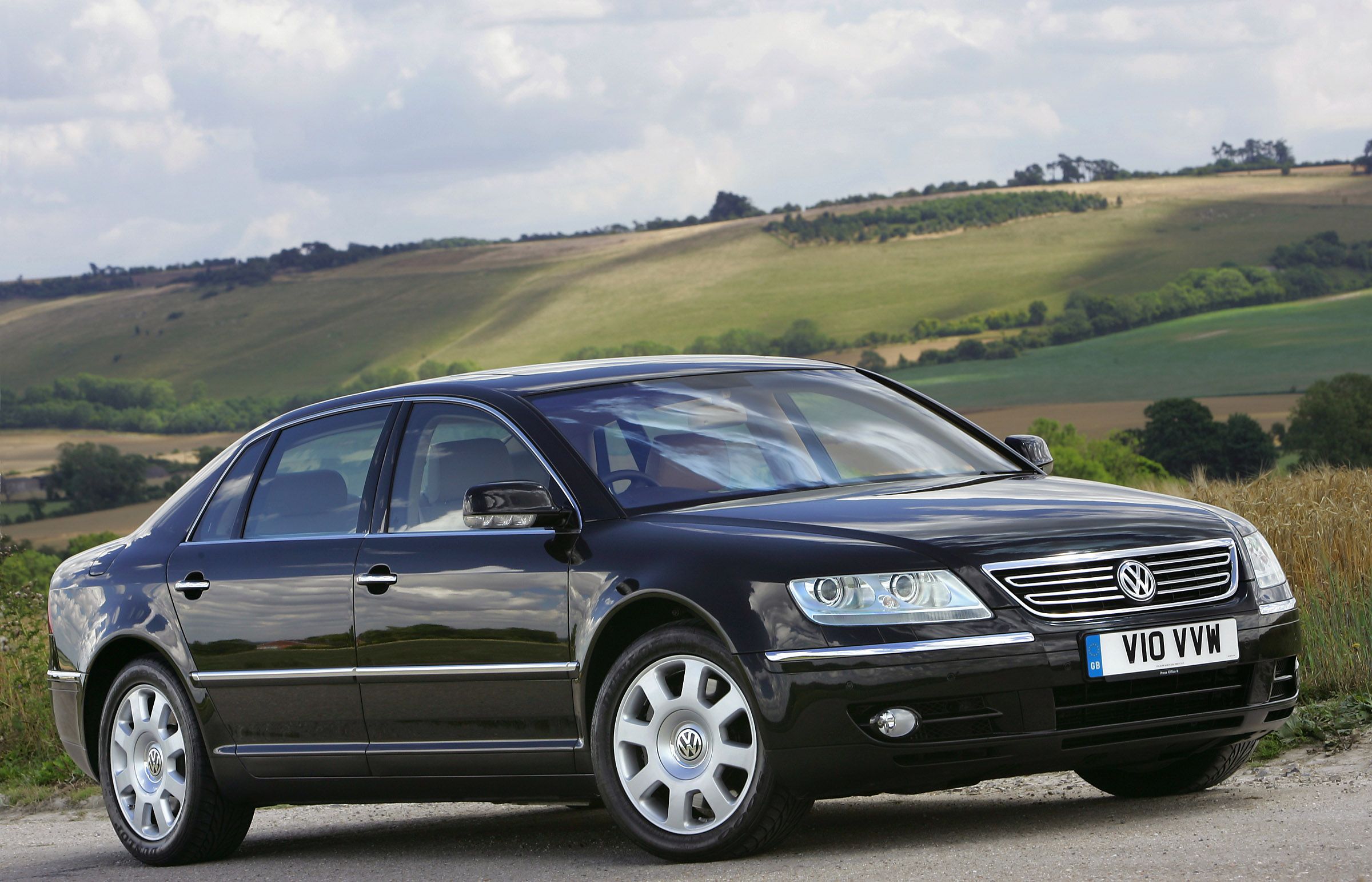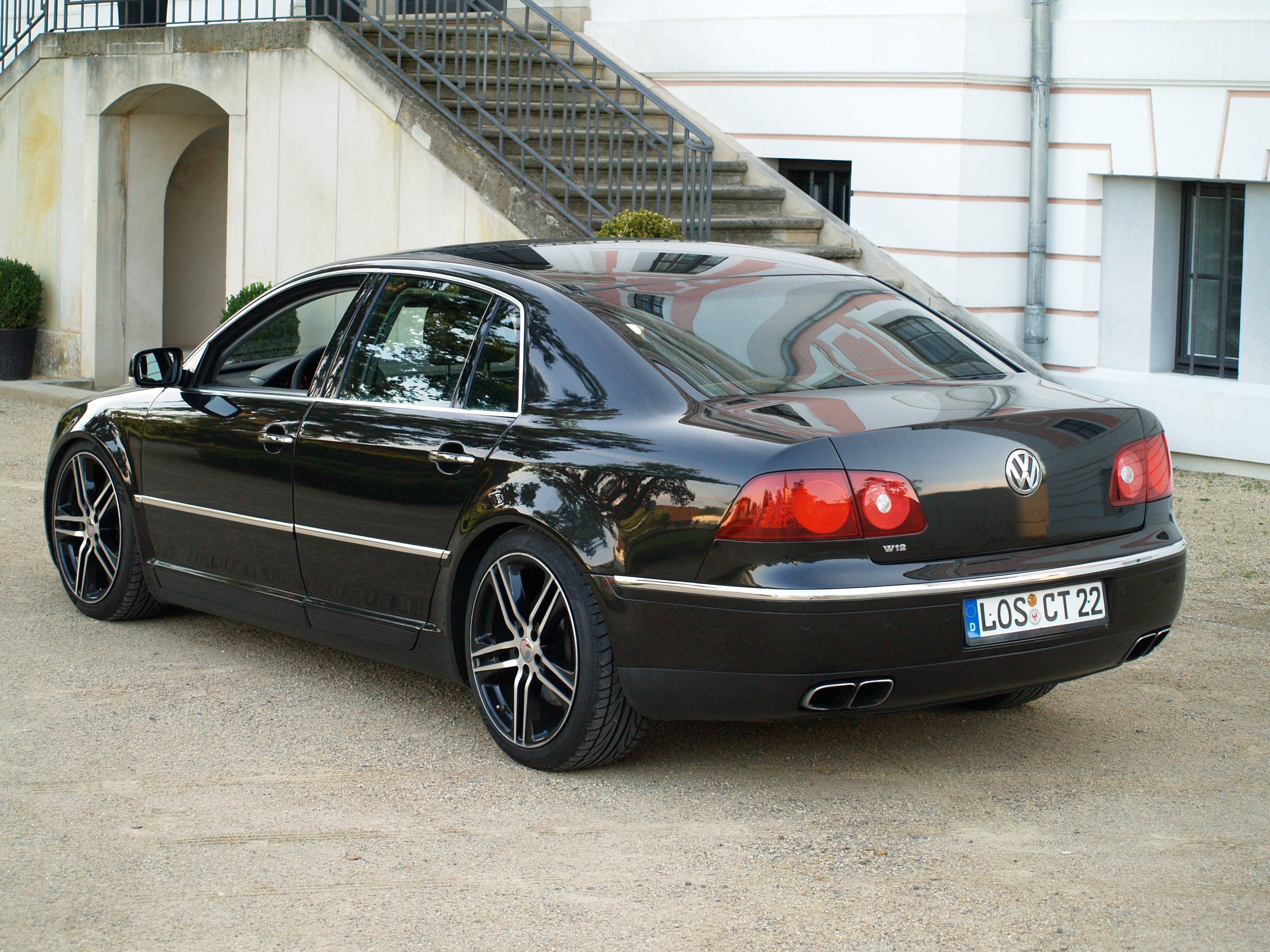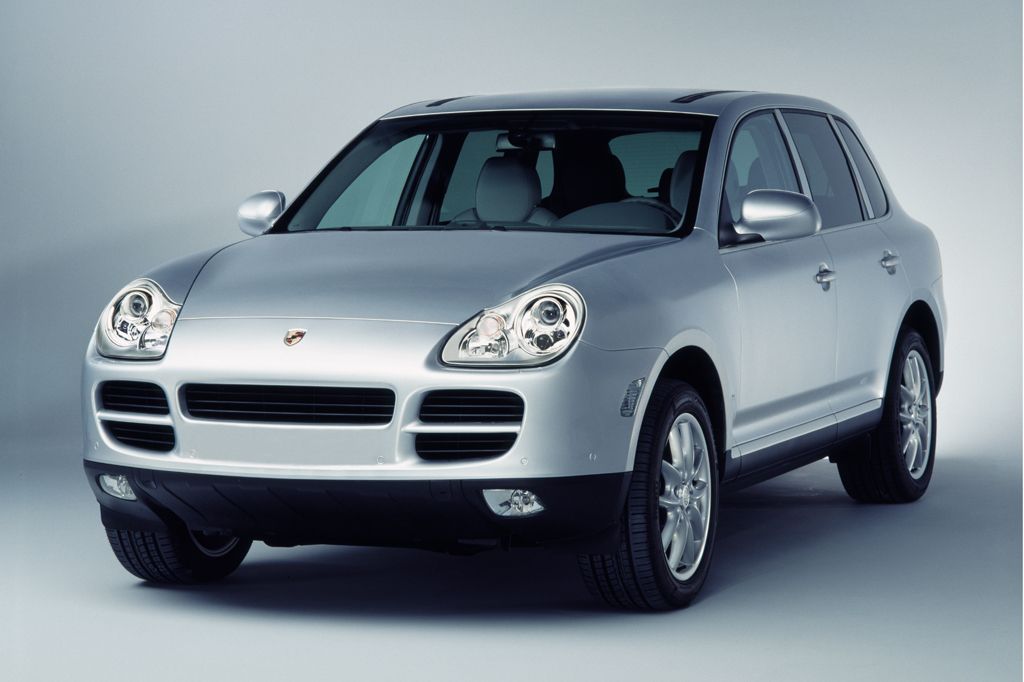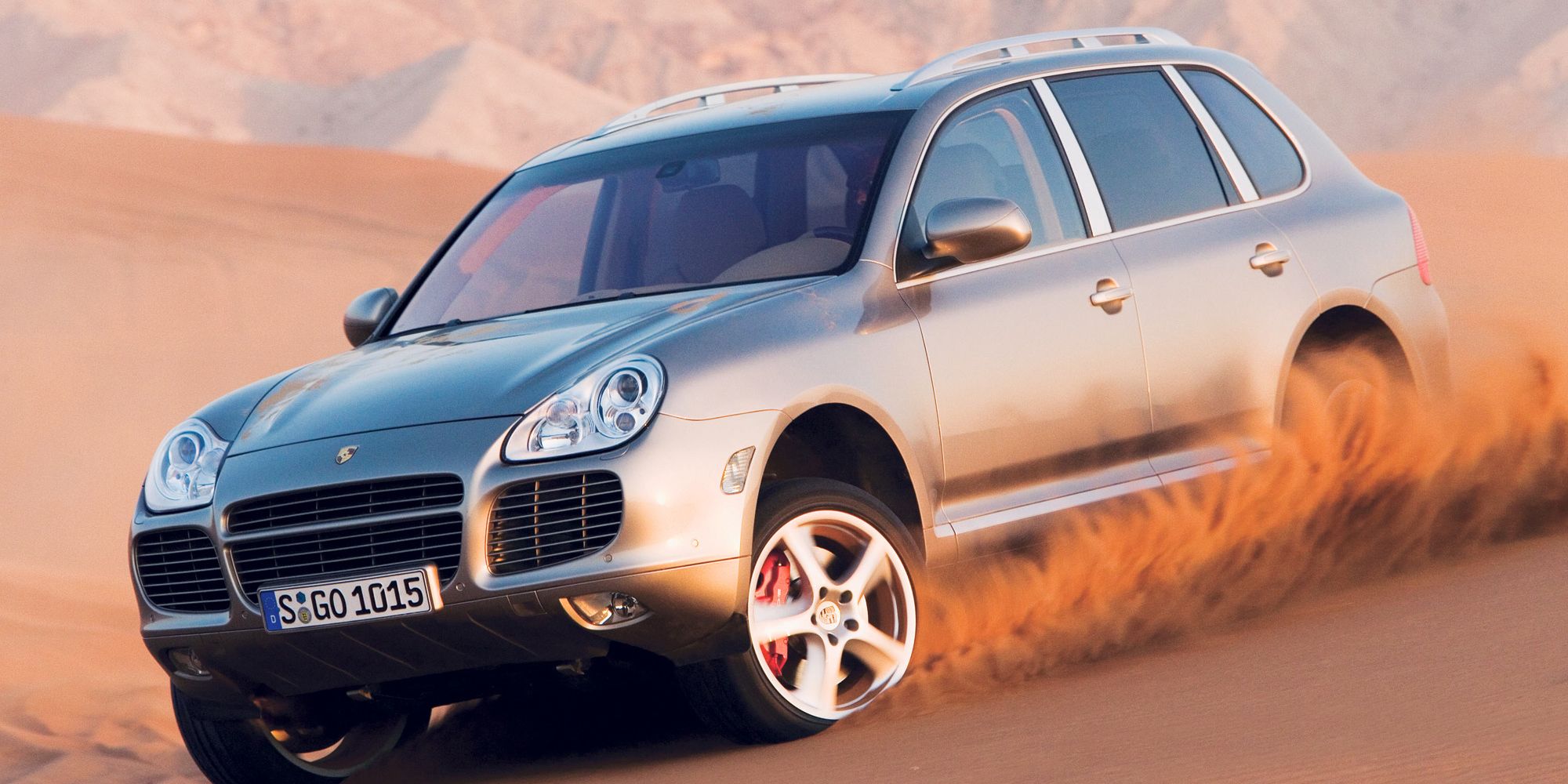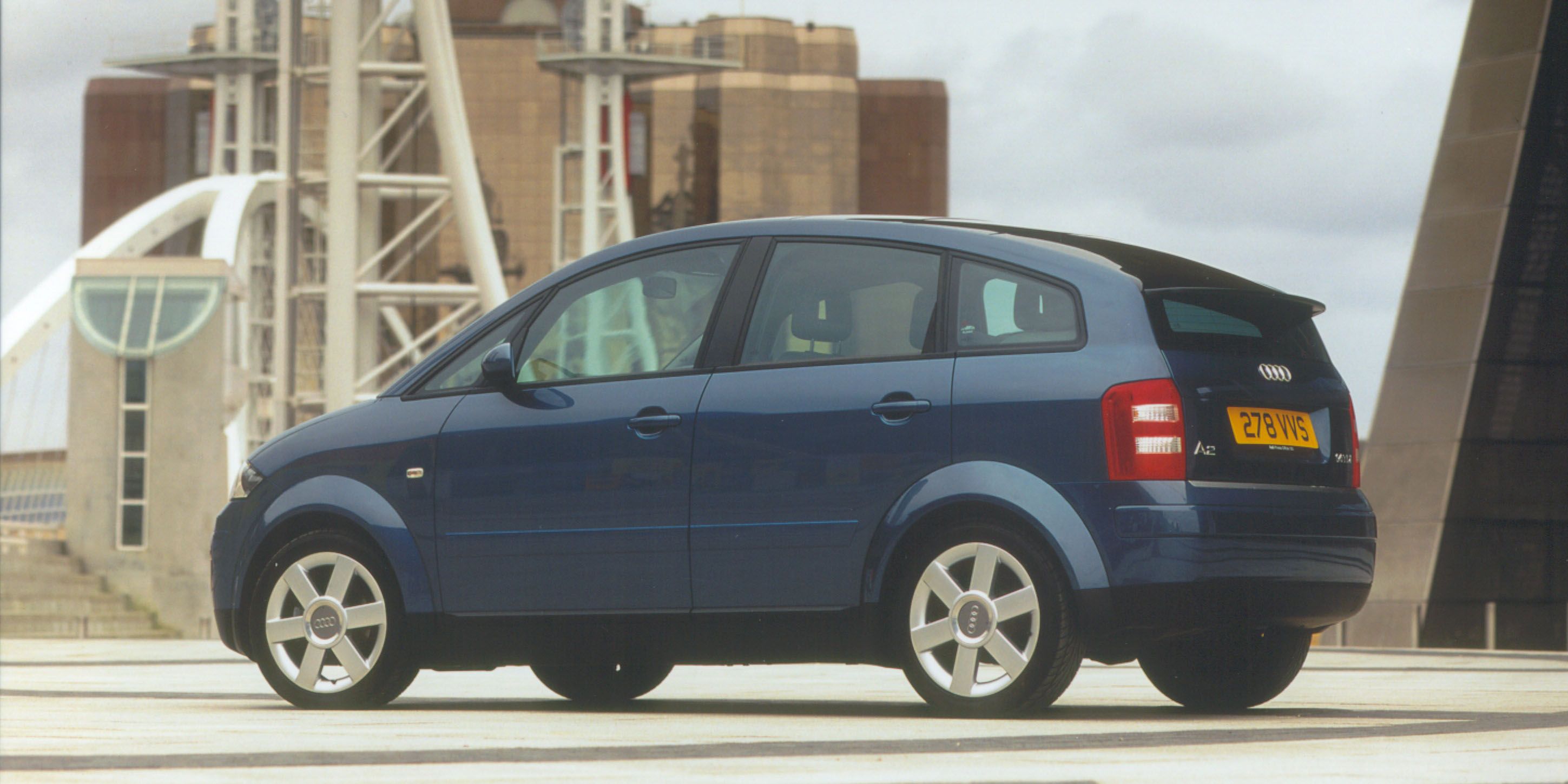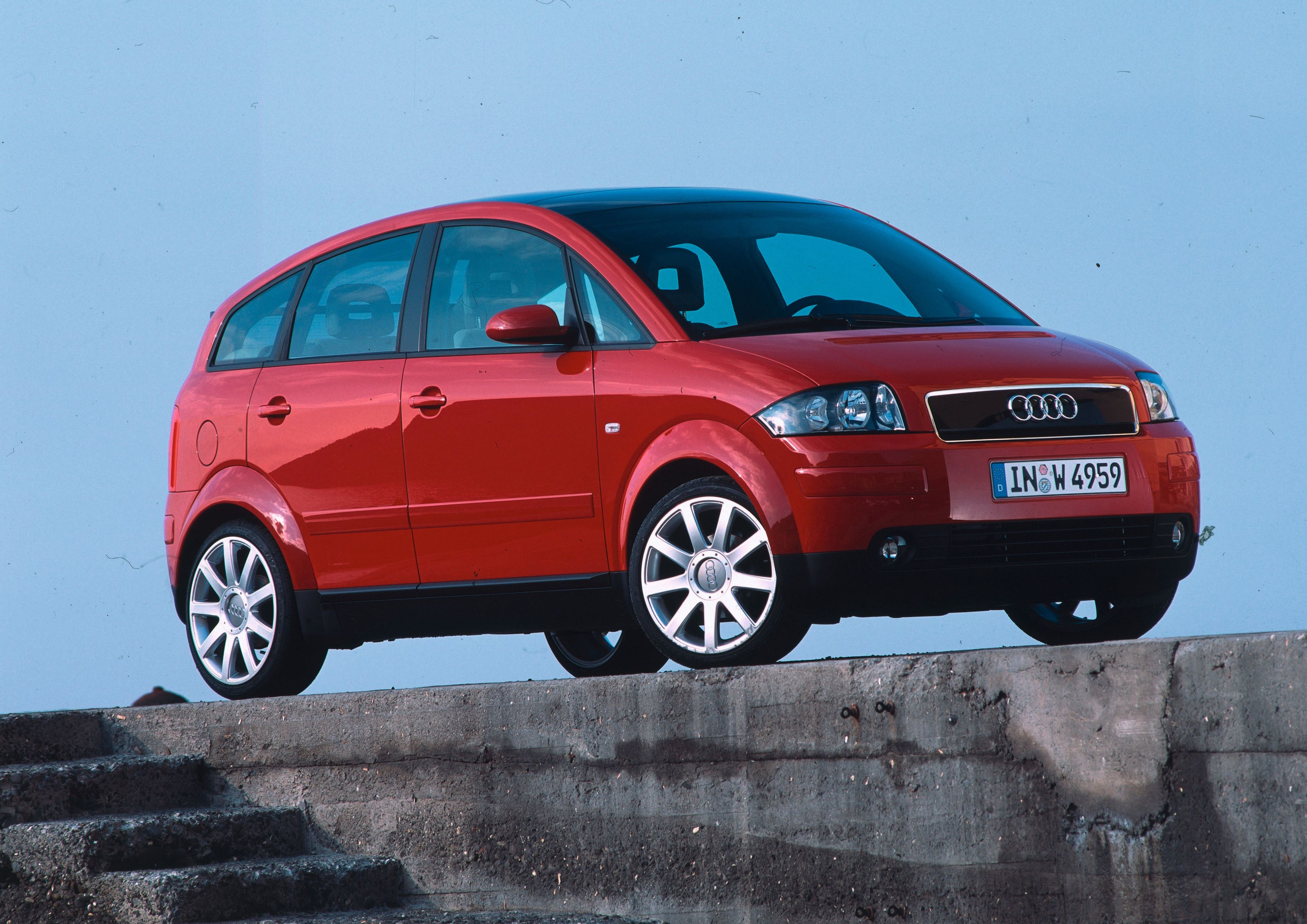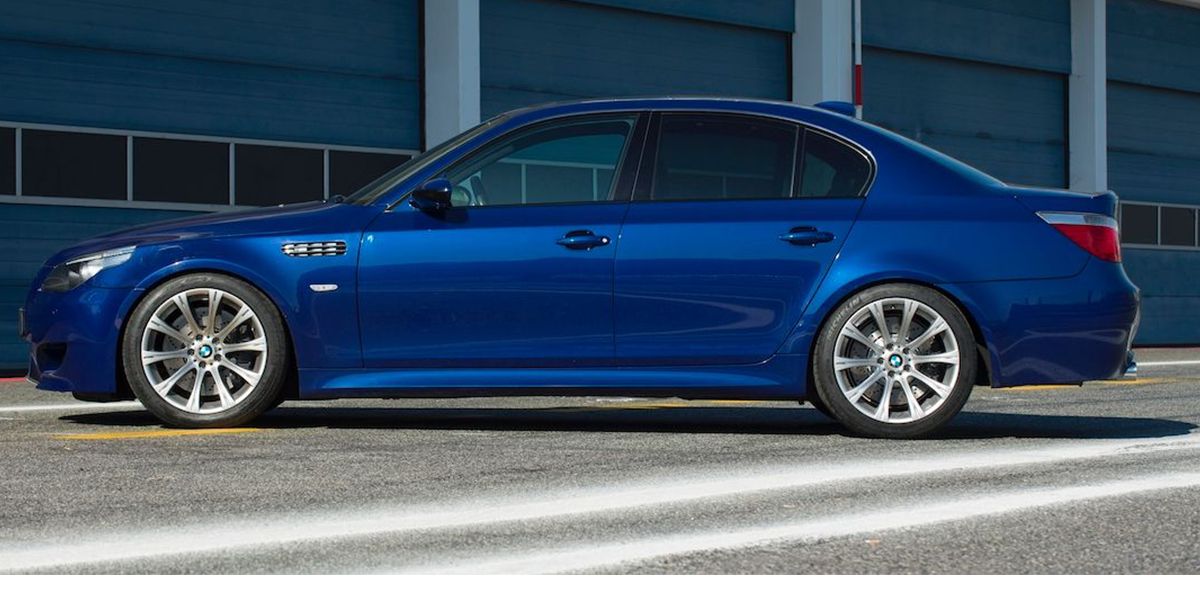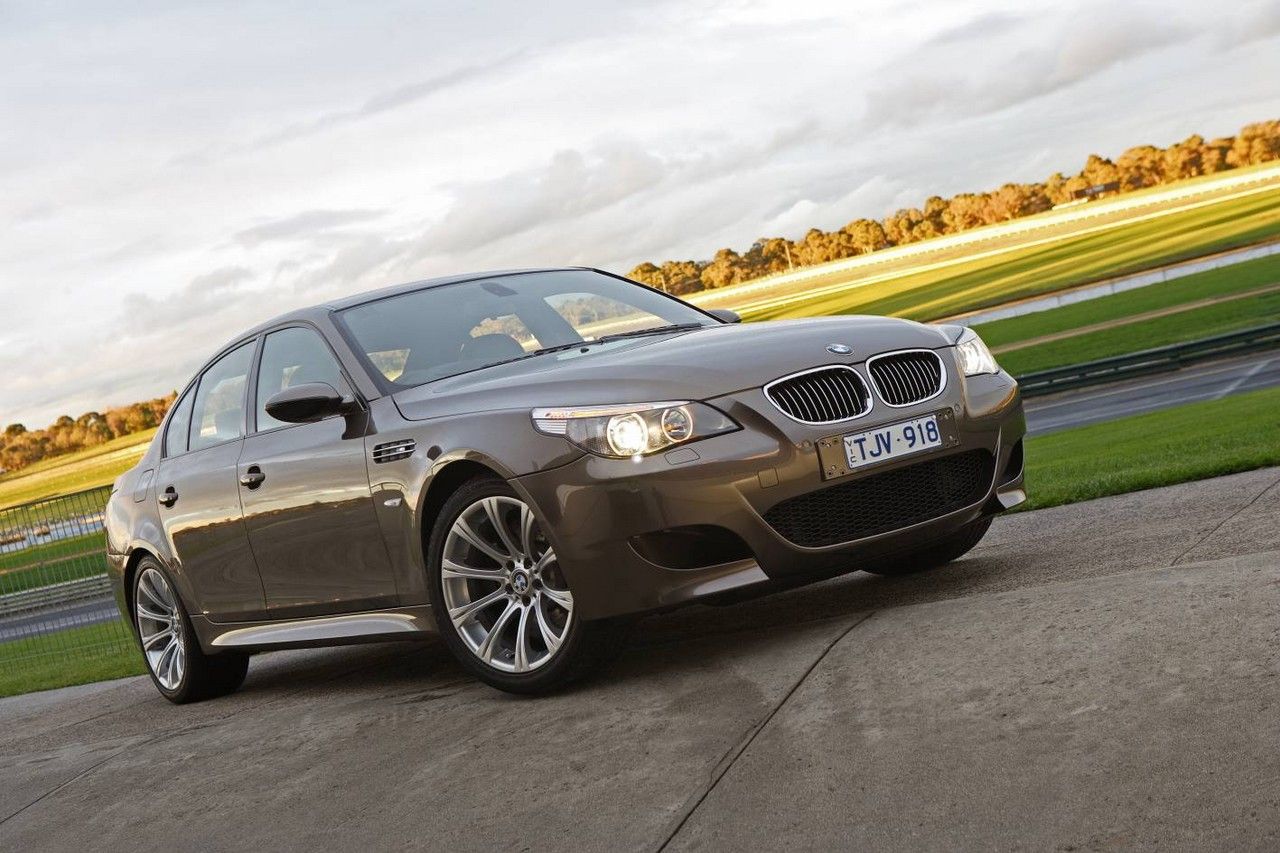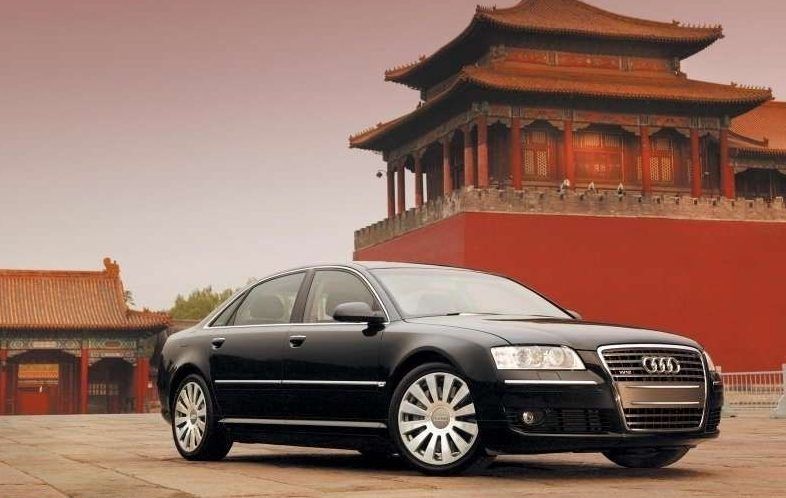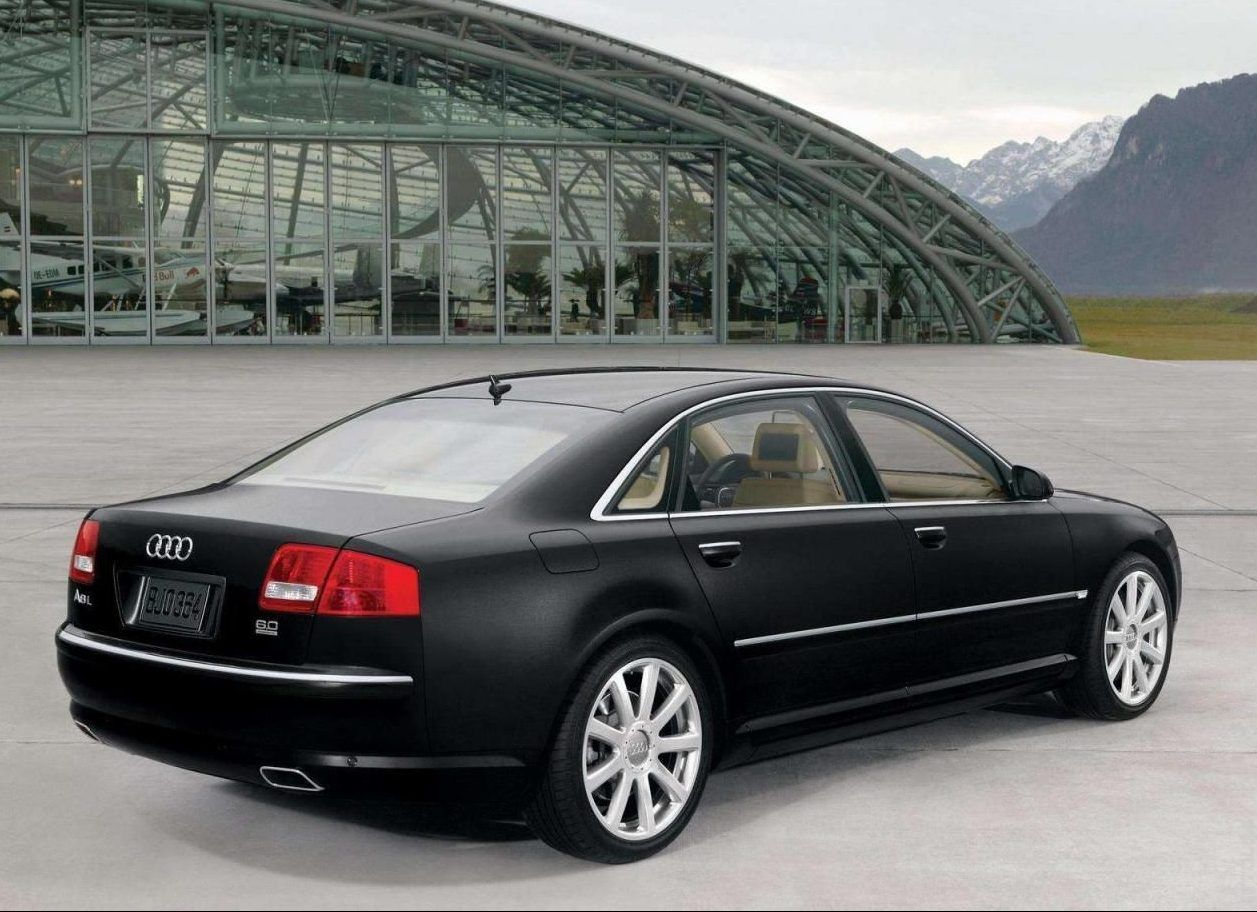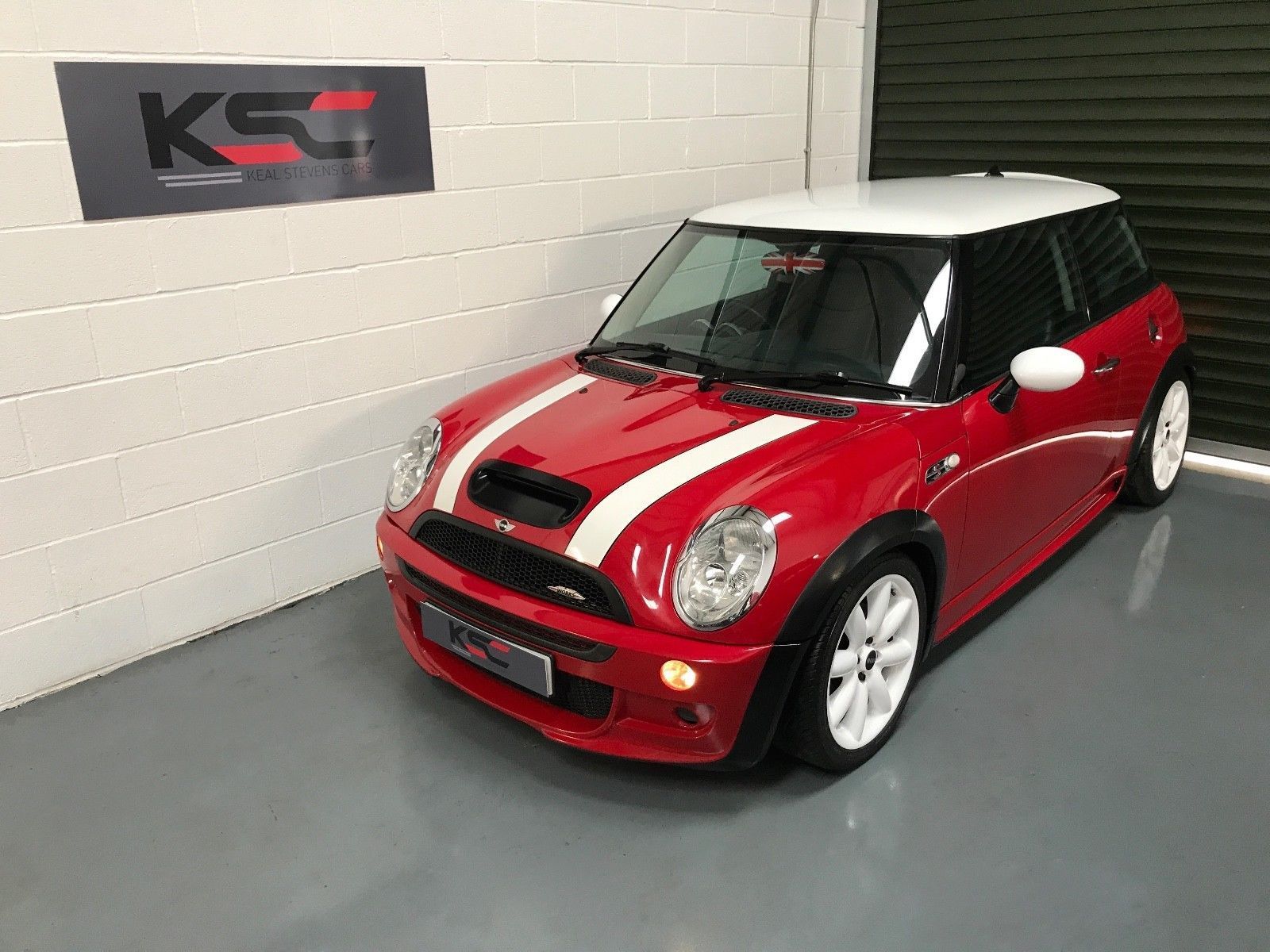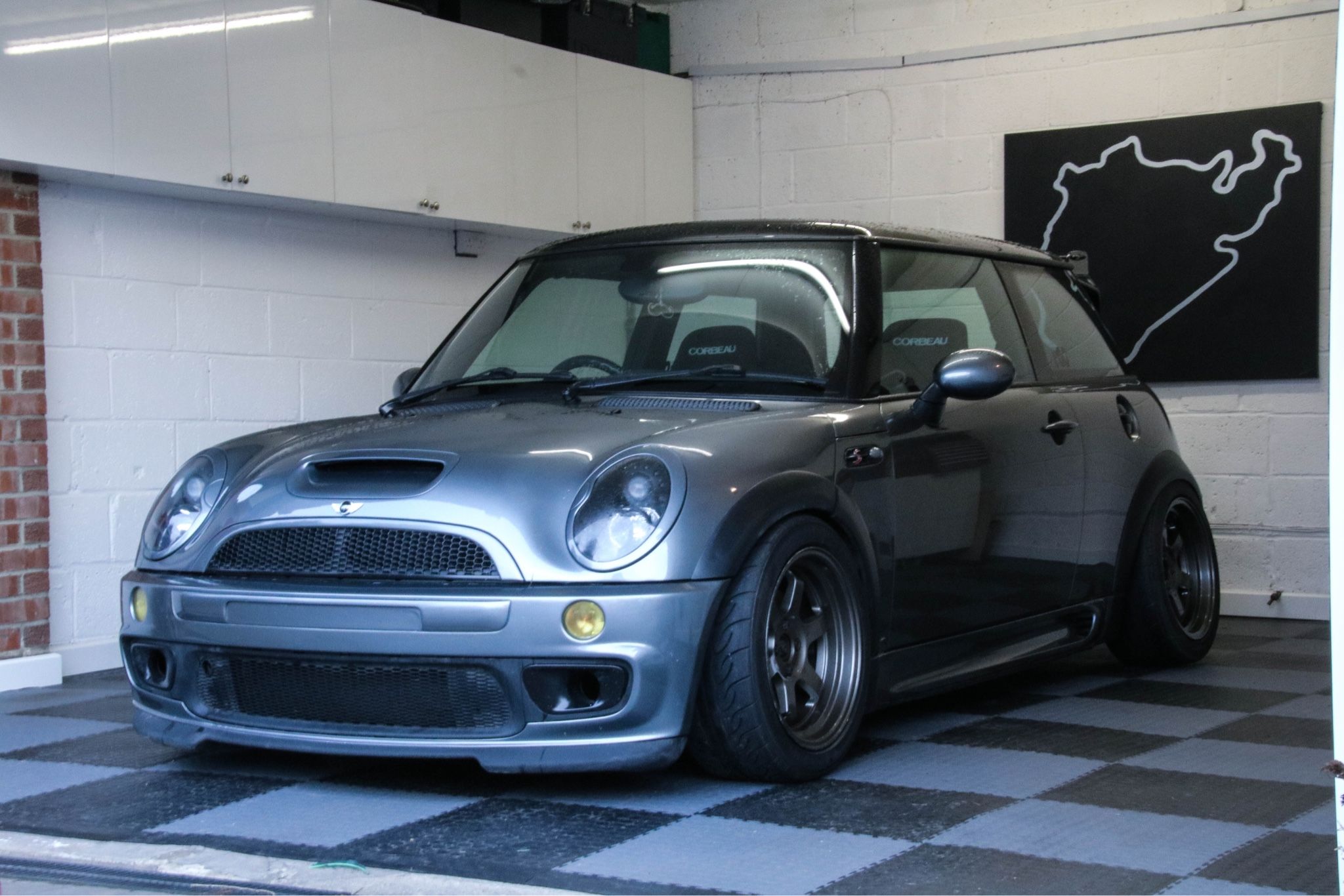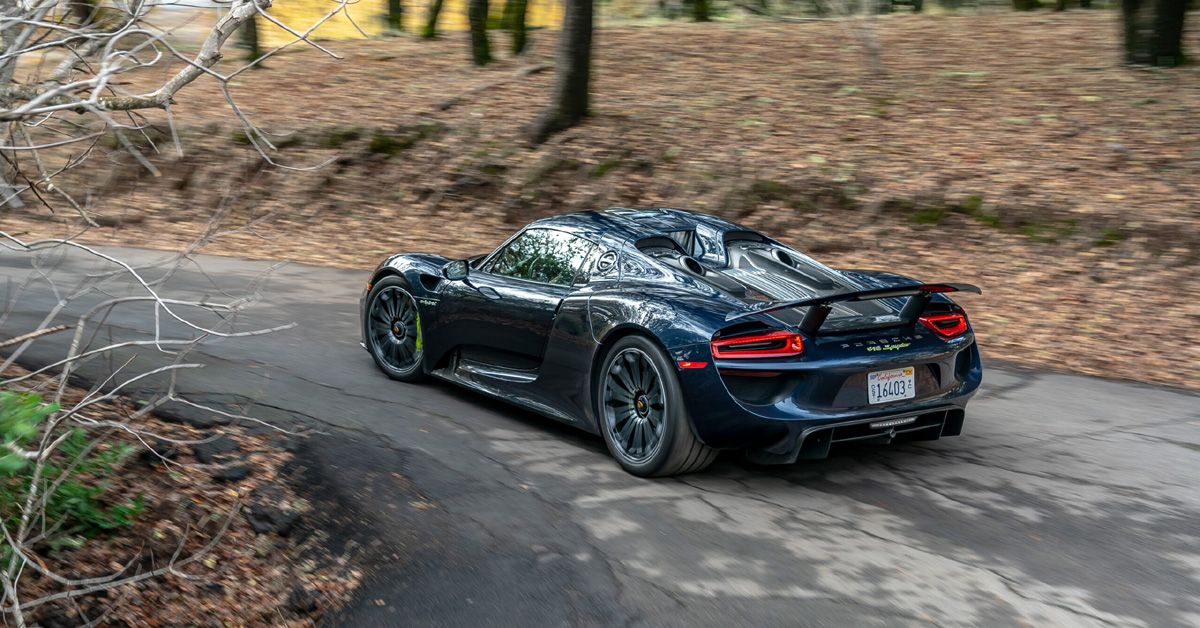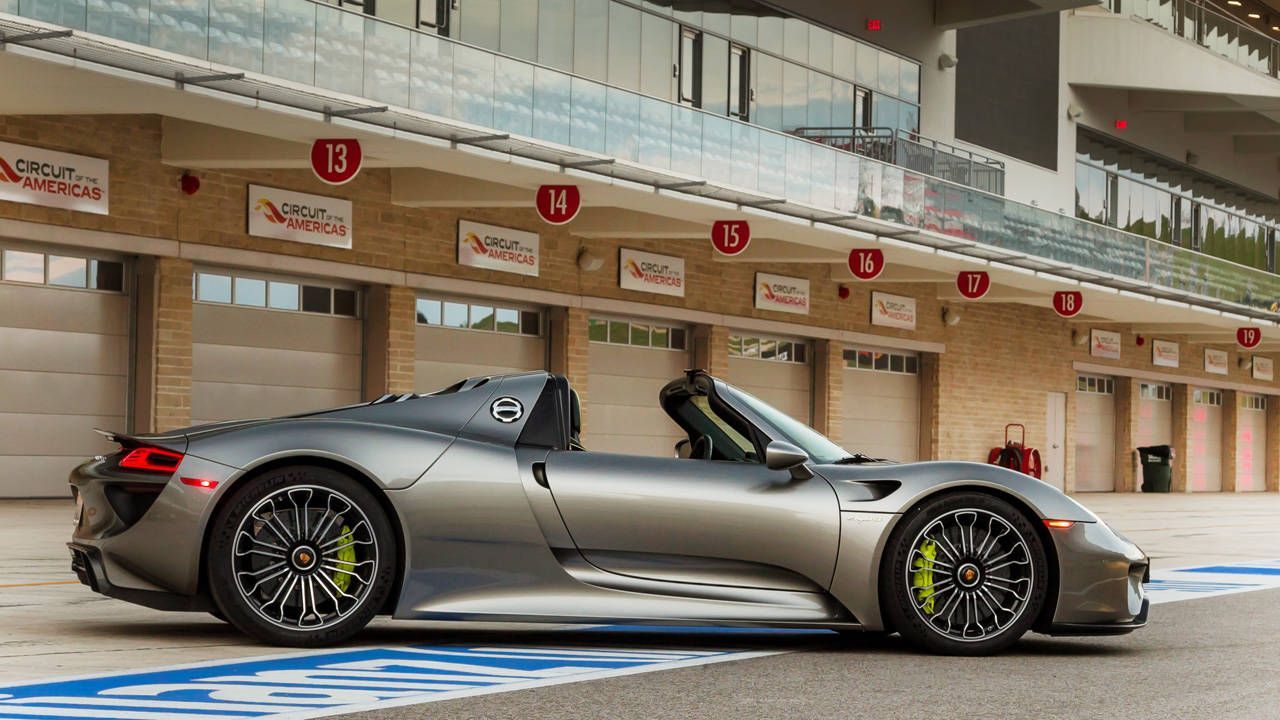German cars have long since had a reputation for being ahead of their time, packed with features and generally overengineered.
For decades, this was how they justified their lofty price tags, some building a reputation for having near bulletproof reliability and unheralded safety features. Over time, consumers discovered that overengineering in the technological age had a few serious drawbacks, wiring degrades over time and the more of it that gets packed into a small space, the higher the chances of failure.
By the late 90s, overengineering had more of a negative connotation to it, with most people realizing all those wonderful features aren't worth dirt if the car doesn’t want to start. For better or worse, these are the last of the truly overengineered German cars.
8 Mercedes-Benz W140 S-Class
The S-class has always represented the pinnacle of technology, not just for Mercedes-Benz but for pretty much the entire automotive industry.
Usually this meant pushing well and truly beyond what other manufacturers were offering, this was very much the last S-class that would be that bold. It took almost 10 years to develop and was one of the first cars to use a CAN bus system as well as a host of other safety related innovations. The following generations saw more of the same, rather than any truly revolutionary updates.
7 VW Phaeton W12
In so many ways, the Phaeton was an unmitigated disaster, with stratospheric running costs and alarmingly poor reliability. Wiring was a big issue, the huge W12 engine was tightly packed and hard to work on, and if that wasn’t enough the air suspension would fail far too easily.
What the buying public didn’t realize was that all Phaeton buyers were part of a rather extreme Beta test for VW and their acquisition of Bentley. By the time the Bentley reached the market, running on the same platform, they had managed to work out most of the kinks and Bentley owners didn’t have nearly as many issues.
6 Porsche Cayenne
Another VW co-lab, this time the two cars reached the market at more or less the same time and most owners will actually attest to the fact that both the Porsche and the VW Touareg are wonderful vehicles... when they run.
The problem was these SUVs were packing so much technology, much of the wiring harness was tucked into the frame of the car. So hapless technicians could waste days searching for “that wire” and without dismantling your entire vehicle would never actually find it.
5 Audi A2
In so many ways the A2 was just ahead of its time, sure, the design has dated like milk but if you look beneath the skin you will find a technological masterpiece.
Built out of aluminum and powered by a small (yes, VW group) TDI engine, they produced spectacular economy figures (let's not dwell on the emissions). The only real problem was that because of how advanced they were and how much tech got packed into them, they were very expensive for small city cars.
4 BMW E60 M5
In a quest for power, BMW went and developed an immense V10 to power its M5 back in the 2000s, and it truly was a 4-door supercar when it came out.
Sadly, even though they would win engine of the year in 2005, just a few short years later it would appear that these engines were fatally flawed. Rod-knock would set in well before 100,000 miles, resulting in very expensive bottom-end rebuilds. For most this happened under warranty, for the rest, bad luck.
3 Audi A8
Back in the early 00s this was one of the most advanced cars on the market, equipped with GPS navigation, driver identification and the first mass market tip-tronic automatic transmission.
It was also another aluminum Audi, so any repairs were difficult and exceptionally expensive. It also handled more like a boat thanks to Audi putting the big, heavy engines in front of the front axle (something they did for many years, citing safety).
2 Mini Cooper S R53
As much as the Mini name was a British icon, it has been a little BMW since the early 00s. It is a car BMW have never been shy to throw money and technology at, but sadly none of it has made them any more reliable.
With an incredible amount of technology packed into a very small package, these cars are known for having precious little space to work in and their ECUs (or DMEs for BMW) often fail and are expensive to repair/replace.
1 Porsche 918 Spyder
This one might be a bit left field, it was always meant to be an engineering marvel, being the first real hybrid hypercar and a price point to match that.
With a 0-60 time of well under 3 seconds, it still holds up pretty well against the new supercars. Like all limited run Porsches it can still be driven daily if you so choose, unlike most cars in this price bracket. Unfortunately, it's so exclusive that most of us will never even see one in person, let alone drive or own one.

.jpg)
